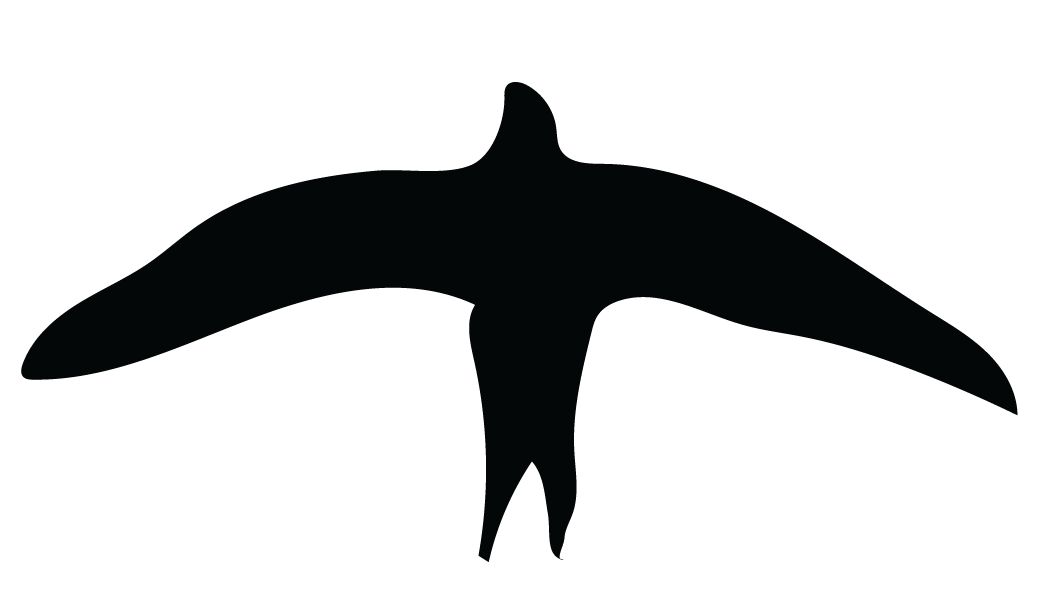Under the Douglas Dockery Thomas Fellowship in Garden History and Design sponsored by the Garden Club of America and the Landscape Architecture Foundation, this work is the result of research around the work of artist and gardener Demetrio Braceros at Cayuga Playground in San Francisco. The printed book is part of the ongoing work to preserve the cultural legacy of the park.
In 1973, Demetrio “Demi” Braceros, a practical arts teacher, immigrated to California with his wife. He came as part of a wave of Filipino migration to San Francisco in the 1970s through the Immigration and Nationality Act of 1965 which ended racial discrimination in immigration policies. Demi had grown up in the small town of Cabugao in the province of Ilocos Sur, a rugged coastline in northern Philippines where he had learned how to farm. In college, he studied wood carving and then mastered his craft over a decade, while working as a teacher. Like many migrants, Demi took up a variety of jobs in his first few years, from portering to a position at a law firm, but then opted for a shovel and shears tending to the trees at the Golden Gate Park Arboretum. In 1986, he accepted a gardening position at Cayuga Playground with San Francisco Recreation and Parks and remained there for twenty-three years.
The 11-acre park is found in the Excelsior district in the hinterlands of San Francisco tucked in between Interstate 280 on its northern border, a busy highway along its southern edge, and the looming BART commuter trains pummeling on the tracks above. What Demi inherited was a park meant to bookend low-income neighborhoods and a vision of mid-20th century public utilitarian park design: a cut and paste template of concrete, metal structures, sand boxes, boxwood hedges and an open field. “The first thing he did was move earth, literally… the absolute basics of landscaping. Second thing he did was plant,” says Josie Porter, a volunteer and community member. He had begun with the naked and eroding, sandy hillsides around the park, where he created “vegetated terraces” as slope retention mechanisms. His distinctive landscape methods may have been a memento of the Ifugao rice terracing traditions where he grew up in the Philippines. Perhaps most distinctly evocative of traditional Filipino practice are the wooden sculptures carved from felled cypress trees on site.
Cayuga Playground is locally known as one of San Francisco’s most unusual parks, thanks to its hundreds of colorful wooden totems of animals, local celebrities, deities, and other whimsical curiosities that grace the park’s myriad of trails and gardens. Armed with a chainsaw and a machete, Demi single-handedly carved nearly 400 sculptures of various shapes and sizes from Monterey cypress trees. Historically, the indigenous Ifugao people carved wooden anthropomorphic sculptures embedded with the spirits of ancestors meant to protect rice granaries. Contemporary art traditions in the Philippines have evolved out of a culture of piecing together remnants of folk knowledge, religious indoctrination of Spanish rule, and the detritus of post-war American imperialism. From local and pop cultural icons like baseball player Barry Bonds and Princess Diana to imagery deeply embedded in Catholic tradition such as the Virgin Mary and Jesus, Demi’s work places itself within the unique history of the Filipino diaspora assembling pieces of religious colonial and imperial history as a way to maintain a distinctive cultural identity, a way of mending an individual's connection between the homeland and a new home.
The collaging of the Philippines and America is seen in the mystical sculptures and in the unique overgrowth of plantings amidst which they are hidden. Demi created a myriad of pathways and “rooms” through dense swathes of brugmansia sprouting across the forest floor while fiery red blooms of Turks cap’s and vibrant purples of passionflower clung to homemade wooden arbors and trellises creating tunnels that further intensified the feelings of wetness, color, and shade inherent to the tropics. Contrary to the agency we often never give to the maintainers and laborers of a space, Demi embodies an authority over design grounded in gardening practice. From the animal shaped topiaries, to the vegetated arbor structures, the overgrowth of his trails, he designed with intention and detail all with a flair for the tropics, where he first learned how to garden. His personhood is not only embedded in the landscape but is deeply reflective of the community itself.
Like his sculptures, his garden is an assemblage of material and aesthetics from the surrounding neighborhood of Cayuga Terrace. Demi would cultivate plants from his own home garden and share it with the park. He had a fondness for hydrangeas, something the community would closely cherish. In the process, his colorful plant palette began to emerge as a collective neighborhood garden with its assortment of hedges and sculptures as opposed to a typical “mow and blow” approach to public parks. From Jade plants and geraniums planted with bottlebrush topiary, his conception of beauty was driven by the community, essentially blurring the lines between the public realm and the neighborhood.
It is not surprising that Demi has been attributed, and venerated, as the source of remarkable transformation in Cayuga Terrace. One woman in the community described how he carved a sculpture of her dog that passed away. Another recalled him carving a memorial for a neighborhood friend barely three hours after hearing the news of her death. He even sculpted topiaries in the form of Easter Island statues staring up at the BART tracks so passengers on the train could enjoy the garden, a mutual acknowledgment of joy, mystery, and the work of one man.
Demi’s surname (Braceros, meaning “laborer”) captures the essence of his work at Cayuga Playground. He is a gardener that is attentive and attuned to the life around him and is deeply connected to the hands that make his craft. What was once considered a blight, became a paradise in the outskirts of San Francisco, a place often forgotten by the rest of the city.
